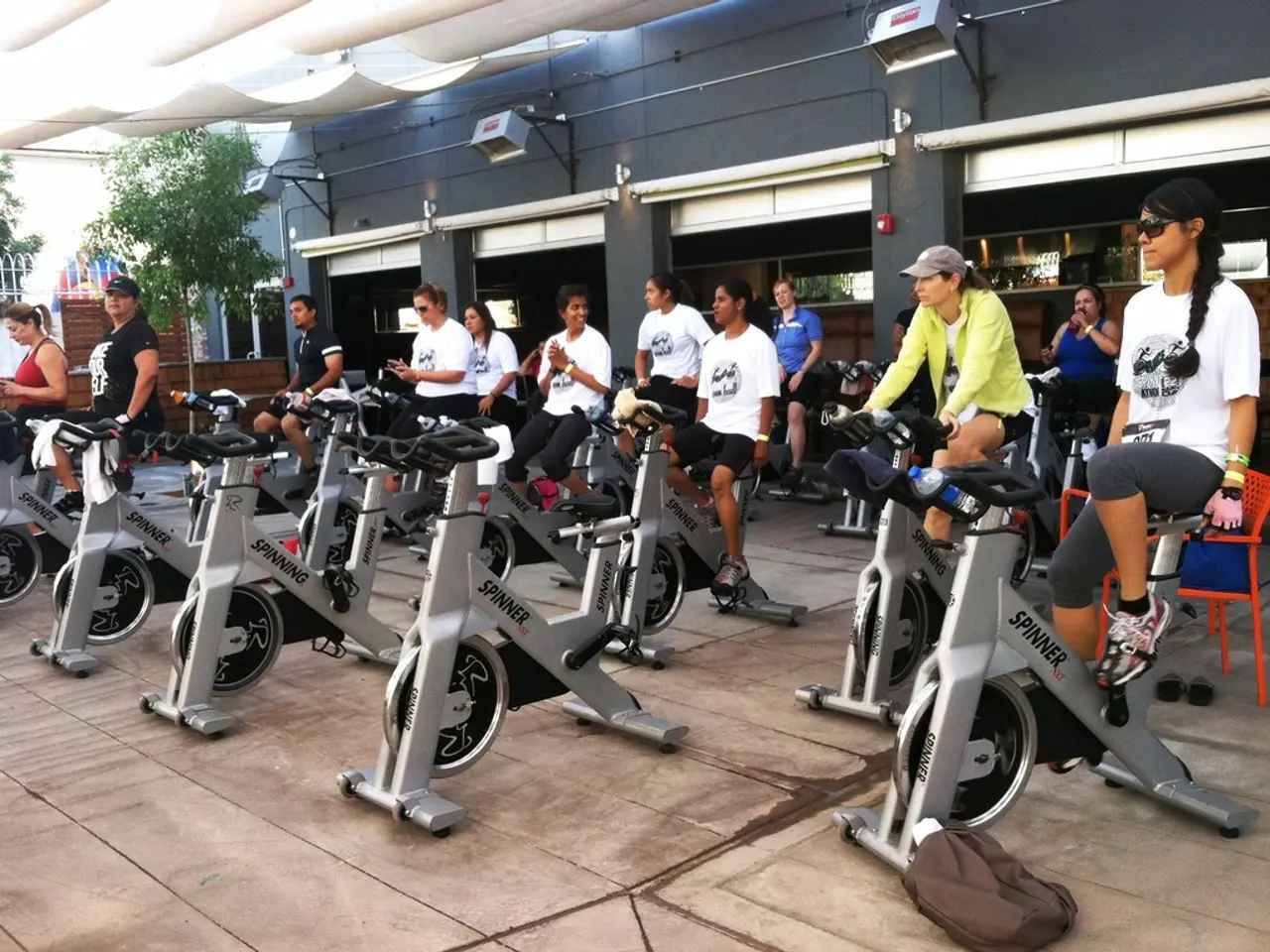Reducing Visceral Fat: Evidence-Based Strategies for Improved Health
Method Scientifically Proven to Reduce Abdominal Fat
Visceral fat, the deep abdominal fat surrounding our internal organs, is closely linked to metabolic diseases such as type 2 diabetes, cardiovascular disease, and certain cancers. To combat this, scientific research offers compelling evidence on effective strategies for reducing visceral fat and enhancing overall health.
The Power of a Combined Approach
- Meta-analyses confirm that the combination of exercise and dietary interventions yields significantly more effective weight loss—and consequently, visceral fat reduction—than exercise alone [1]. A comprehensive review found a mean difference of nearly 3 kg greater weight loss with combined interventions compared to exercise-only approaches [1].
- Long-term interventions (more than 12 weeks) that include both calorie restriction and regular exercise are particularly effective at decreasing visceral fat in adults with overweight or obesity [1].
- Diet-only interventions also reduce weight but may not specifically target visceral fat unless significant weight loss occurs [1]. The degree of visceral fat reduction is proportional to overall weight loss, emphasising the importance of a sustained calorie deficit.
The Role of Aerobic Exercise
- Cardiovascular (aerobic) exercise—such as cycling, running, or brisk walking—is highly effective for burning calories, increasing fat oxidation, and reducing both subcutaneous and visceral fat [3][4].
- Cycling studies demonstrate that consistent moderate- to high-intensity cycling, especially when paired with a healthy diet, leads to meaningful reductions in visceral fat and improvements in cardiovascular fitness [2].
- Caloric burn: Indoor cycling can burn 400–600 calories per hour, depending on intensity and body weight, contributing to the calorie deficit necessary for fat loss [2].
- Interval training (alternating high and low intensity) can further enhance fat-burning efficiency and metabolic rate [2][4].
Key Mechanisms
- Calorie Deficit: Weight and fat loss occur when energy expenditure exceeds intake. Exercise increases expenditure, while dietary control limits intake—maximising the deficit [3][4].
- Fat Oxidation: Aerobic exercise increases the rate at which the body uses fat for fuel, especially during moderate-intensity sessions [3].
- Metabolic Health: Reducing visceral fat improves insulin sensitivity, blood lipid profiles, and reduces systemic inflammation—key factors in metabolic health [1].
- Spot Reduction Myth: While you cannot target fat loss in a specific area, reducing overall body fat through calorie deficit and exercise will eventually reduce visceral fat [4].
Practical Recommendations
- Frequency and Duration: Aim for 150–300 minutes of moderate-intensity aerobic exercise per week, ideally spread over 3–5 sessions [2][3].
- Intensity: Incorporate both steady-state and interval-based aerobic workouts to maximise fat burning [2][4].
- Strength Training: Adding resistance training 2–3 times per week helps preserve lean muscle mass, further supporting metabolic health [2][4].
- Diet: Focus on a balanced, calorie-controlled diet rich in protein, fibre, and healthy fats to support satiety, recovery, and sustained weight loss [1][2].
- Consistency: Long-term adherence is crucial; benefits accrue over months, not days or weeks [1].
A Note on Dietary Approaches
- It is better to have a consistent exercise regime rather than focusing solely on sit-ups for body fat reduction
- Intermittent fasting can aid weight loss
- Cutting down on a specific macronutrient (like carbs) does not have enough evidence to target fat loss in a specific area of the body
- Time-restricted eating schemes involve a 10-hour eating window per day
- Weight-loss drugs like pioglitazone could indirectly target visceral fat, but they are currently only used to treat diabetes
Additional Considerations
- Not all fat is bad; our bodies need fat for energy storage, insulation, and cushioning
- Losing weight in general can help reduce abdominal fat and waist-hip ratio, but the effectiveness may vary based on individual body type
- Excess belly fat, specifically visceral fat, can indicate ill health and increase the risk of metabolic disease
- Exercise can tone and build muscle in a targeted way, but it does not change body fat distribution
- The easiest way to check for high levels of visceral fat is by calculating the waist-hip ratio
- Biological sex makes a difference in body fat distribution, with women having a healthier body fat percentage about 10% higher than men
- HIIT does not have evidence to specifically target belly fat
- Genes play an important role in body fat distribution, with over 300 genetic differences associated with waist-hip ratio
- Where the body stores and loses fat depends on factors largely outside of individual control
Conclusion
Science strongly supports a combined approach of dietary modification and regular aerobic exercise—especially activities like cycling and running—as the most effective method for reducing visceral fat and improving overall health [1][2][3]. While spot reduction is not possible, sustained calorie deficit through these lifestyle changes reliably decreases visceral fat, leading to measurable improvements in metabolic and cardiovascular health. Consistency, intensity, and dietary quality are key factors for long-term success.
- In the fight against visceral fat, science suggests that a combination of diet and exercise provides more effective weight loss, resulting in a significantly greater reduction of visceral fat compared to exercise alone.
- In long-term interventions (over 12 weeks), both calorie restriction and regular exercise are particularly effective in decreasing visceral fat in adults with overweight or obesity.
- Cardiovascular exercise like cycling, running, or brisk walking is highly effective for burning calories, increasing fat oxidation, and reducing both subcutaneous and visceral fat.
- A balanced, calorie-controlled diet rich in protein, fibre, and healthy fats supports satiety, recovery, and sustained weight loss, making it a crucial component in the battle against visceral fat.




